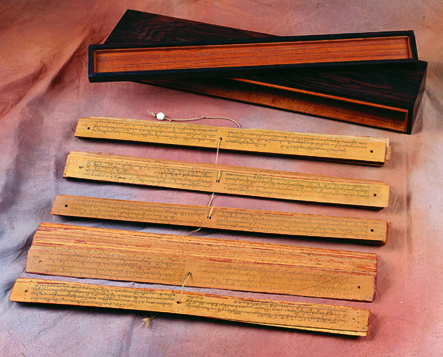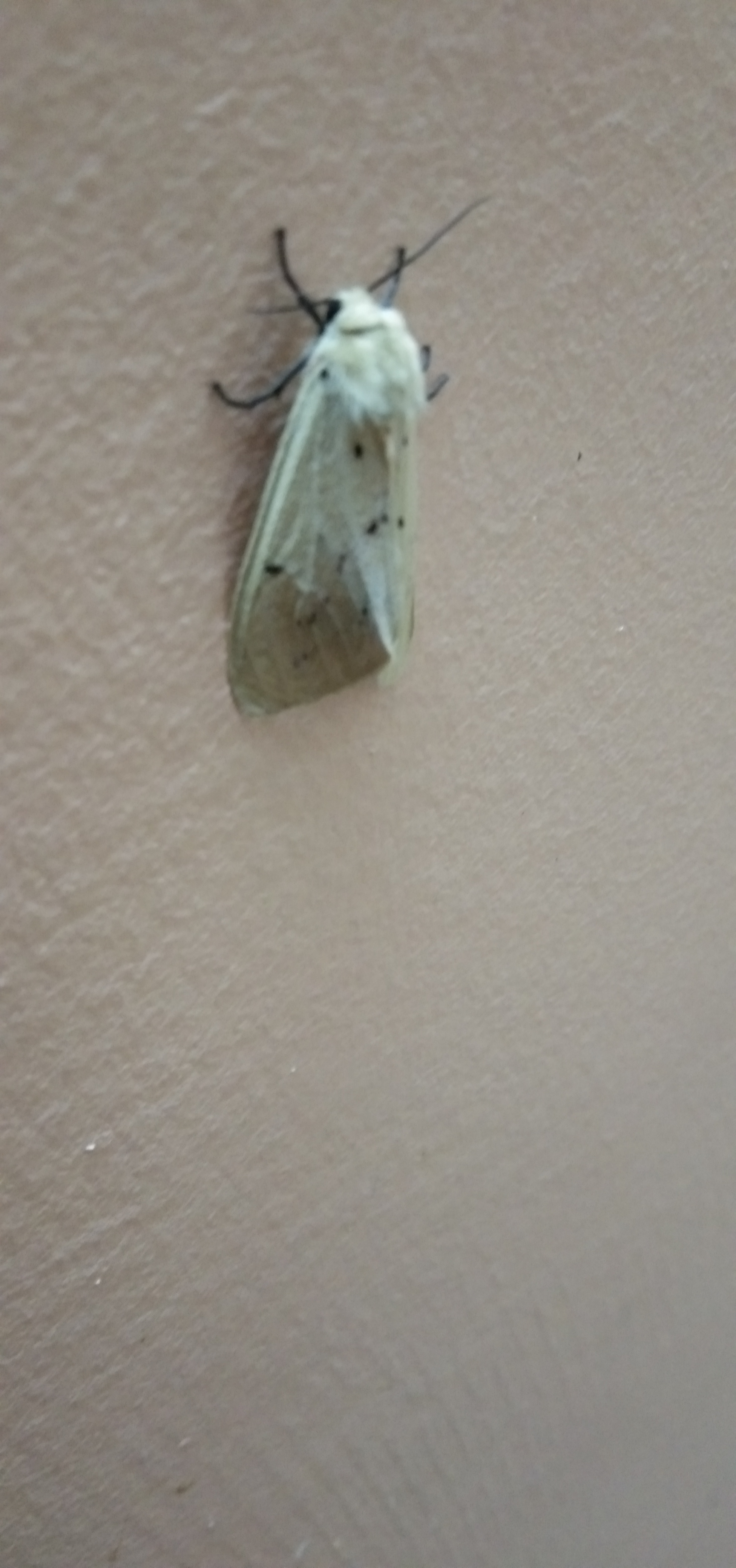|
Spilarctia Rubribasis
''Spilarctia rubribasis'' is a moth in the family Erebidae. It was described by James John Joicey and George Talbot in 1916. It is found on New Guinea, where it has been recorded from the Arfak Mountains, Kobowre Mountains, and the Jayawijaya Mountains The Jayawijaya Mountains, formerly known as the Orange Range, are the eastern mountain range of the Maoke Mountains in the central highlands region of the Indonesian part of New Guinea. The range extends for east of the Sudirman Range to the Star ... in Papua. References * Moths described in 1916 rubribasis Moths of New Guinea Endemic fauna of New Guinea {{Spilarctia-stub ... [...More Info...] [...Related Items...] OR: [Wikipedia] [Google] [Baidu] |
James John Joicey
James John Joicey FES (28 December 1870 – 10 March 1932) was an English amateur entomologist, who assembled an extensive collection of Lepidoptera in his private research museum, called the Hill Museum, in Witley, Surrey. His collection, 40 years in the making, was considered to have been the second largest in the world held privately and to have numbered over 1.5 million specimens. Joicey was a fellow of the Zoological Society of London, the Royal Geographical Society, the Royal Entomological Society, the Royal Horticultural Society, and the Linnean Society of London. Joicey employed specialist entomologists including George Talbot to curate his collection and financed numerous expeditions throughout the world to obtain previously unknown varieties. More than 190 scientific articles were produced during the active period of the Hill Museum. This body of research was described as "a contribution to the study of the exotic Lepidoptera of very great sc ... [...More Info...] [...Related Items...] OR: [Wikipedia] [Google] [Baidu] |
George Talbot (entomologist)
George Talbot Royal Entomological Society, FES (26 October 1882 – 13 April 1952) was an English people, English entomologist who specialised in Rhopalocera, butterflies. He wrote about 150 Scientific literature, scientific papers, the majority being primarily Systematics, systematic, consisting of the description of new species or the revision of various Genus, genera. He was also responsible for the Curator, curation and preservation of the James John Joicey, Joicey collection of Lepidoptera prior to its accession by the Natural History Museum, London, Natural History Museum. Life and career George Talbot was born "in rather humble circumstances" in Croydon, Surrey, in 1882. As a young man, he was assistant to Percy Ireland Lathy. He then curated for the wealthy amateur butterfly collector Herbert Jordan Adams, Herbert Adams, followed by the insect dealer William Frederick Henry Rosenberg. During the First World War he worked with Arthur William Bacot, Arthur Bacot at the Li ... [...More Info...] [...Related Items...] OR: [Wikipedia] [Google] [Baidu] |
Moth
Moths are a paraphyletic group of insects that includes all members of the order Lepidoptera that are not butterflies, with moths making up the vast majority of the order. There are thought to be approximately 160,000 species of moth, many of which have yet to be described. Most species of moth are nocturnal, but there are also crepuscular and diurnal species. Differences between butterflies and moths While the butterflies form a monophyletic group, the moths, comprising the rest of the Lepidoptera, do not. Many attempts have been made to group the superfamilies of the Lepidoptera into natural groups, most of which fail because one of the two groups is not monophyletic: Microlepidoptera and Macrolepidoptera, Heterocera and Rhopalocera, Jugatae and Frenatae, Monotrysia and Ditrysia.Scoble, MJ 1995. The Lepidoptera: Form, function and diversity. Oxford, UK: Oxford University Press; 404 p. Although the rules for distinguishing moths from butterflies are not well est ... [...More Info...] [...Related Items...] OR: [Wikipedia] [Google] [Baidu] |
Erebidae
The Erebidae are a family of moths in the superfamily Noctuoidea. The family is among the largest families of moths by species count and contains a wide variety of well-known macromoth groups. The family includes the underwings (''Catocala''); litter moths ( Herminiinae); tiger, lichen, and wasp moths ( Arctiinae); tussock moths ( Lymantriinae), including the arctic woolly bear moth ('' Gynaephora groenlandica''); piercing moths (Calpinae and others); micronoctuoid moths ( Micronoctuini); snout moths ( Hypeninae); and zales, though many of these common names can also refer to moths outside the Erebidae (for example, crambid snout moths). Some of the erebid moths are called owlets. The sizes of the adults range from among the largest of all moths (> wingspan in the black witch) to the smallest of the macromoths ( wingspan in some of the Micronoctuini). The coloration of the adults spans the full range of dull, drab, and camouflaged (e.g., '' Zale lunifera'' and litter ... [...More Info...] [...Related Items...] OR: [Wikipedia] [Google] [Baidu] |
New Guinea
New Guinea (; Hiri Motu: ''Niu Gini''; id, Papua, or , historically ) is the world's second-largest island with an area of . Located in Oceania in the southwestern Pacific Ocean, the island is separated from Australia by the wide Torres Strait, though both landmasses lie on the same continental shelf. Numerous smaller islands are located to the west and east. The eastern half of the island is the major land mass of the independent state of Papua New Guinea. The western half, known as Western New Guinea, forms a part of Indonesia and is organized as the provinces of Papua, Central Papua, Highland Papua, South Papua, Southwest Papua, and West Papua. The largest cities on the island are Jayapura (capital of Papua, Indonesia) and Port Moresby (capital of Papua New Guinea). Names The island has been known by various names: The name ''Papua'' was used to refer to parts of the island before contact with the West. Its etymology is unclear; one theory states that ... [...More Info...] [...Related Items...] OR: [Wikipedia] [Google] [Baidu] |
Arfak Mountains
The Arfak Mountains is a mountain range found on the Bird's Head Peninsula in the Province of West Papua, Indonesia. The term "arfak" came from the language of the coastal Biak people, meaning "inferior." This is due to how big the mountains are compared to other lowland areas found in this region. Located in the east and central regions of the Bird's Head Peninsula, these mountains rise steeply from the sea, with little or no coastal plain surrounding them. Mount Arfak, at , can be viewed from the provincial capital, Manokwari, and is the highest point in West Papua and the Bird's Head Peninsula. Since Dutch colonial times the range has been one of the most frequently explored and best known regions of West Papua for bird watching. Along with the Tamrau Mountains in the north, the two ranges have been divided by the grassy Kebar Valley, which is the heartland of many indigenous people, with a variety of backgrounds. Found near the town of Manokwari, the mountains are an impo ... [...More Info...] [...Related Items...] OR: [Wikipedia] [Google] [Baidu] |
Jayawijaya Mountains
The Jayawijaya Mountains, formerly known as the Orange Range, are the eastern mountain range of the Maoke Mountains in the central highlands region of the Indonesian part of New Guinea. The range extends for east of the Sudirman Range to the Star Mountains. Its highest point is Puncak Mandala at . The Baliem River has its source in the range. Inhabitants of the range include the Ketengban. In 1997 sightings of animals matching the description of the thylacine, an extinct Australian marsupial were reported from "the Jayawijaya region of Irian Jaya".Walters (1997) See also * List of highest mountains of New Guinea This list of highest mountains of New Guinea shows all mountains on the island of New Guinea that are at least 3750 m high and have a topographic prominence of 500 m or more. These 50 peaks are also the highest mountains of Australasia ... Footnotes References * (1999): Ethno-ornithology of the Ketengban People, Indonesian New Guinea. ''In:'' : ''Fol ... [...More Info...] [...Related Items...] OR: [Wikipedia] [Google] [Baidu] |
Papua (province)
Papua is a province of Indonesia, comprising the northern coast of Western New Guinea together with island groups in Cenderawasih Bay to the west. It roughly follows the borders of Papuan customary region of Tabi Saireri. It is bordered by the sovereign state of Papua New Guinea to the east, the Pacific Ocean to the north, Cenderawasih Bay to the west, and the provinces of Central Papua and Highland Papua to the south. The province also shares maritime boundaries with Palau in the Pacific. Following the splitting off of twenty regencies to create the three new provinces of Central Papua, Highland Papua, and South Papua on 30 June 2022, the residual province is divided into eight regencies (''kabupaten'') and one city (''kota''), the latter being the provincial capital of Jayapura. The province has a large potential in natural resources, such as gold, nickel, petroleum, etc. Papua, along with four other Papuan provinces, has a higher degree of autonomy level compared to ... [...More Info...] [...Related Items...] OR: [Wikipedia] [Google] [Baidu] |
Moths Described In 1916
Moths are a paraphyletic group of insects that includes all members of the order Lepidoptera that are not butterflies, with moths making up the vast majority of the order. There are thought to be approximately 160,000 species of moth, many of which have yet to be described. Most species of moth are nocturnal, but there are also crepuscular and diurnal species. Differences between butterflies and moths While the butterflies form a monophyletic group, the moths, comprising the rest of the Lepidoptera, do not. Many attempts have been made to group the superfamilies of the Lepidoptera into natural groups, most of which fail because one of the two groups is not monophyletic: Microlepidoptera and Macrolepidoptera, Heterocera and Rhopalocera, Jugatae and Frenatae, Monotrysia and Ditrysia.Scoble, MJ 1995. The Lepidoptera: Form, function and diversity. Oxford, UK: Oxford University Press; 404 p. Although the rules for distinguishing moths from butterflies are not well establish ... [...More Info...] [...Related Items...] OR: [Wikipedia] [Google] [Baidu] |
Spilarctia
''Spilarctia'' is a genus of moths in the family Erebidae. The genus was erected by Arthur Gardiner Butler in 1875. Subgenus ''Spilarctia'' *''accensa'' species group **'' Spilarctia accensa'' (Swinhoe, 1903) **'' Spilarctia ericsoni'' (Semper, 1899) **'' Spilarctia rhodochroa'' (Hampson, 1916) **'' Spilarctia rubriventris'' (Talbot, 1926) *''ananda'' species group **'' Spilarctia ananda'' (Roepke, 1938) **'' Spilarctia groganae'' (Holloway, 1976) **'' Spilarctia irina'' Dubatolov, 2006 *''bisecta'' species group **'' Spilarctia bisecta'' (Leech, 889 **'' Spilarctia graminivora'' Inoue, 1988 **'' Spilarctia lungtani'' Daniel, 1943 **'' Spilarctia subtestacea'' (Rothschild, 1910) *''casigneta'' species group **'' Spilarctia adumbrata'' (Thomas, 1994) **'' Spilarctia borneensis'' (Rothschild, 1910) **'' Spilarctia casigneta'' (Kollar, 844 **'' Spilarctia fumida'' (Wileman, 1910) **'' Spilarctia roseata'' (Rothschild, 1910) **'' Spilarctia rubilinea'' (Moore, 866 **'' Spilarctia ruf ... [...More Info...] [...Related Items...] OR: [Wikipedia] [Google] [Baidu] |
Moths Of New Guinea
Moths are a paraphyletic group of insects that includes all members of the order Lepidoptera that are not butterflies, with moths making up the vast majority of the order. There are thought to be approximately 160,000 species of moth, many of which have yet to be described. Most species of moth are nocturnal, but there are also crepuscular and diurnal species. Differences between butterflies and moths While the butterflies form a monophyletic group, the moths, comprising the rest of the Lepidoptera, do not. Many attempts have been made to group the superfamilies of the Lepidoptera into natural groups, most of which fail because one of the two groups is not monophyletic: Microlepidoptera and Macrolepidoptera, Heterocera and Rhopalocera, Jugatae and Frenatae, Monotrysia and Ditrysia.Scoble, MJ 1995. The Lepidoptera: Form, function and diversity. Oxford, UK: Oxford University Press; 404 p. Although the rules for distinguishing moths from butterflies are not well establish ... [...More Info...] [...Related Items...] OR: [Wikipedia] [Google] [Baidu] |


.jpg)




